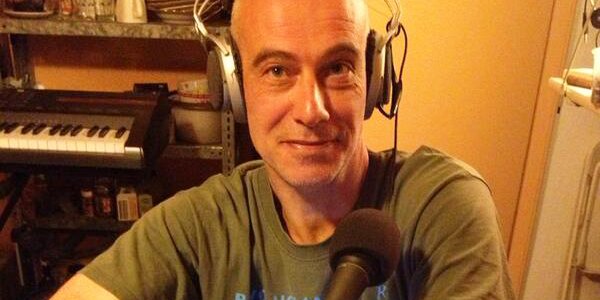Radio On builds community from a DIY approach, with Airtime

Berlin-based Radio On uses Airtime to automate and grow their programming.
Co-station manager Rinus Van Alebeek says the station "is a hybrid of taste, intuition and curiosity. We have an interest in interviews, giving space to radiophonic productions and radio-plays, giving artists from a non-institutionalised or marginalised background the space to present their work or join Radio On with their own program."
Because Airtime allows programmers to schedule and broadcast pre-recorded materials, it is an ideal tool for giving a second life to archived programs. "We have a giant archive," Van Alebeek says. "It had always been our wish to get that material on air."
Using Airtime, Radio On can now also broadcast 24 hours a day. "Airtime is a virtual studio. That is an enormous advantage," Van Alebeek says.
Airtime's intuitive DJ workflow gets you on air in minutes
Airtime's cloud-based structure makes it easy to add new radio-makers. "We have a growing number of programmers, nine at the moment, and are waiting for four more. Plus more invitations will go out in the coming months," Van Alebeek says. "Every one of our new contributors can broadcast from their own computer, wherever he or she is."
Radio On contributes programming to various art radio stations, including the Radia network, dfm.nu and the Radiophonic festival. With a growing network of contributors, Radio On is looking forward to future Airtime developments including more statistics that will allow them to better understand their listener base. "It would be really useful to see where the audience is located, for programming the calendar," Co-station manager Adrian Shephard says.
- Get your station started today with Airtime Pro!
